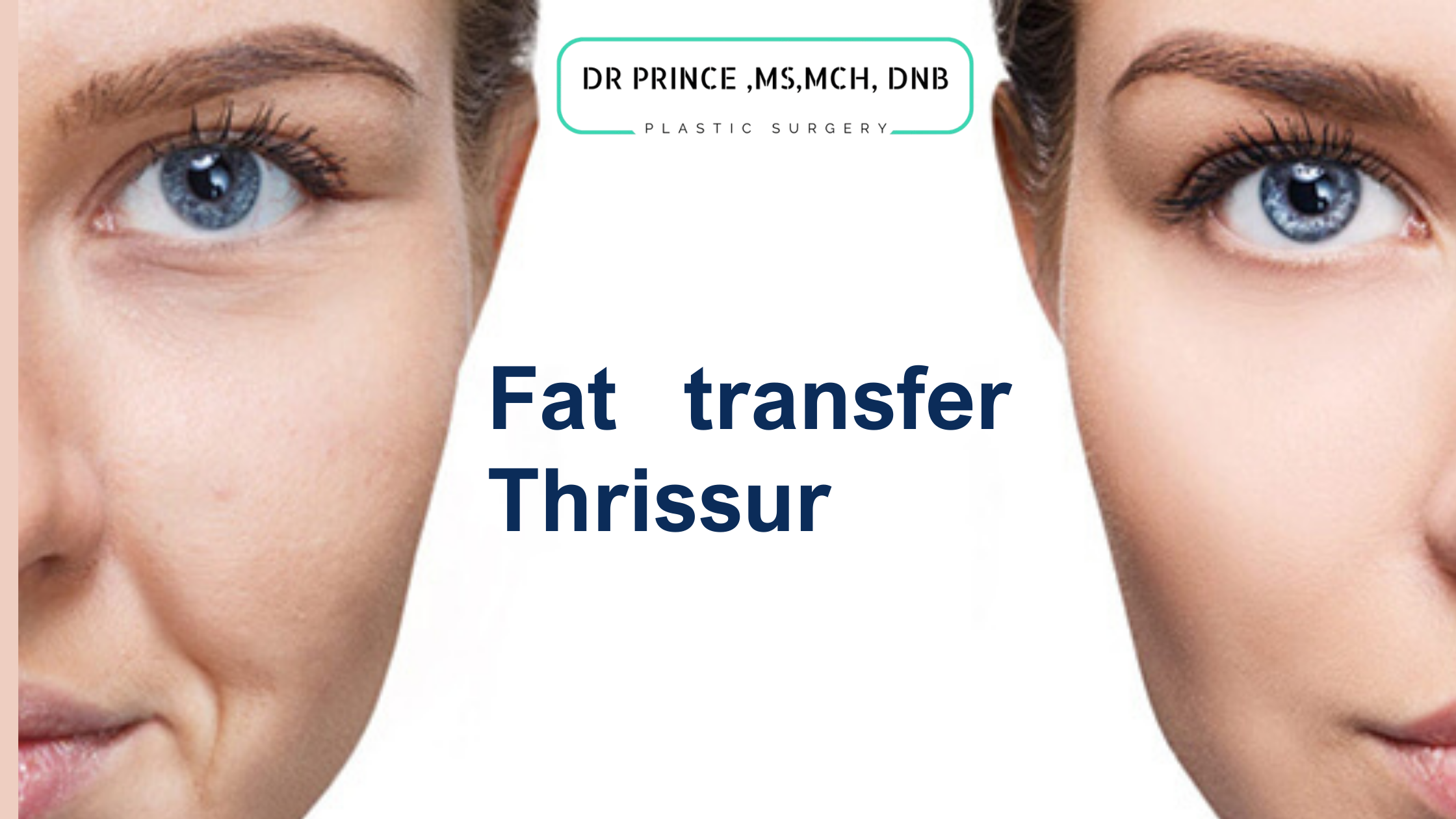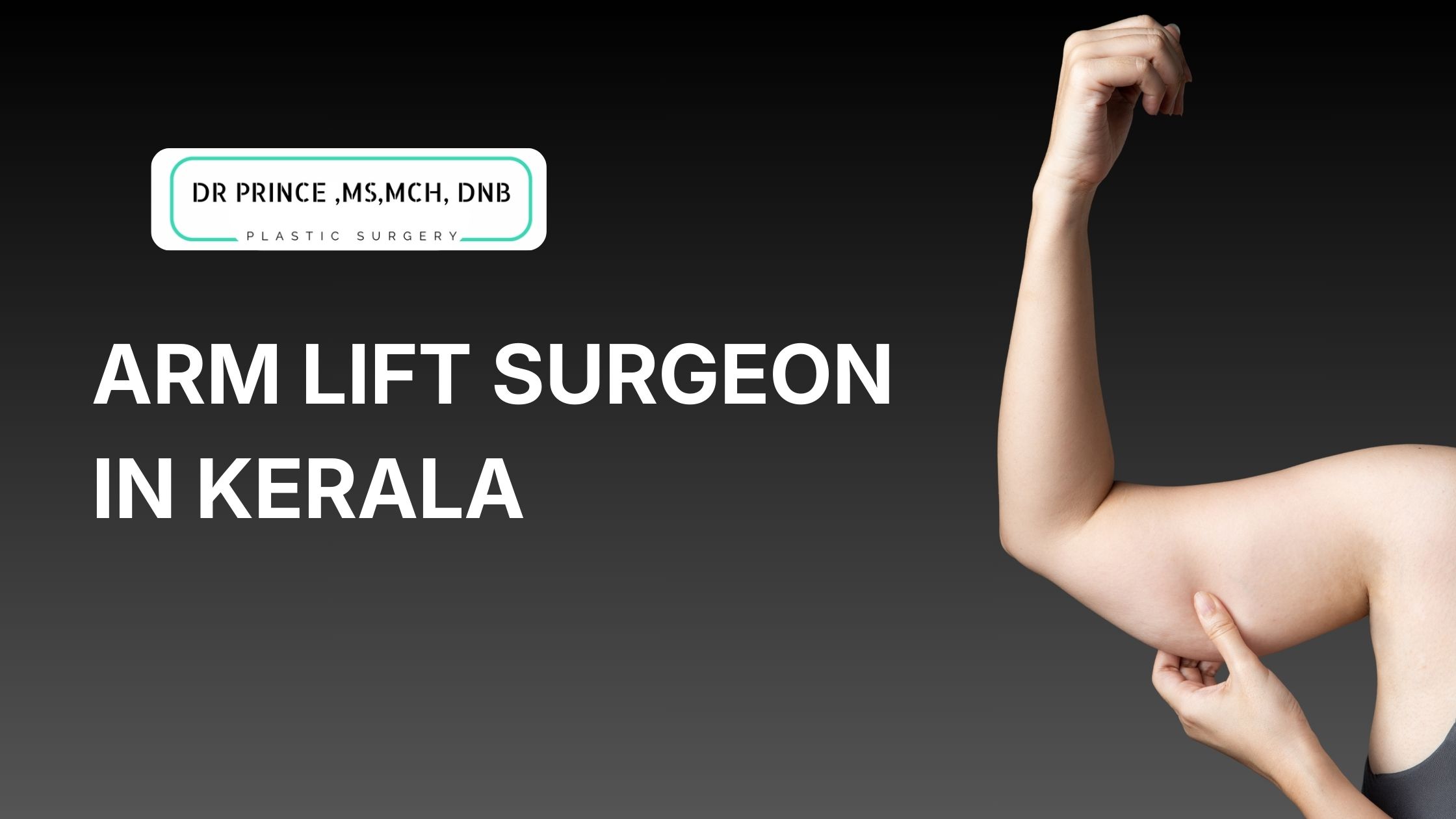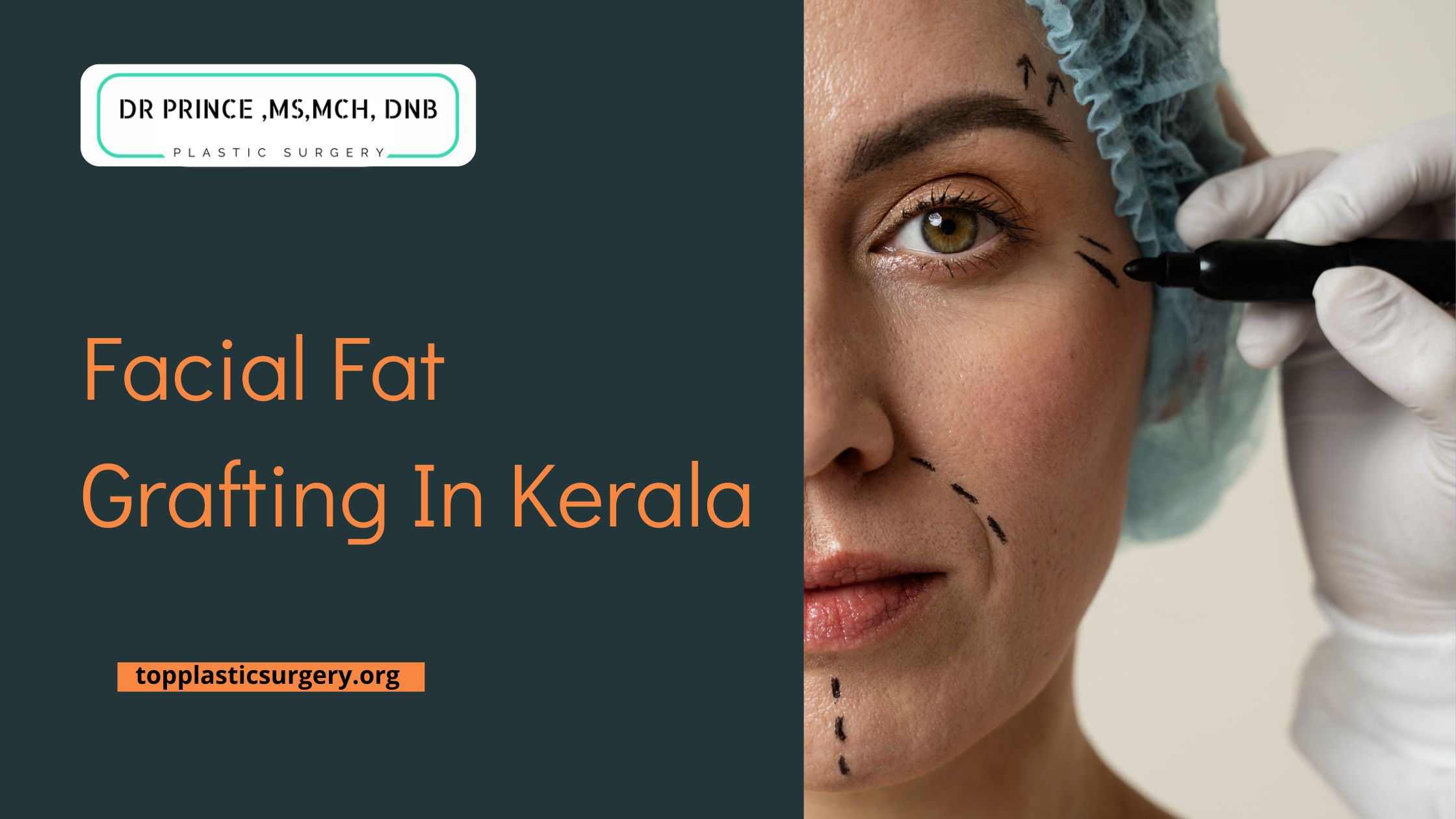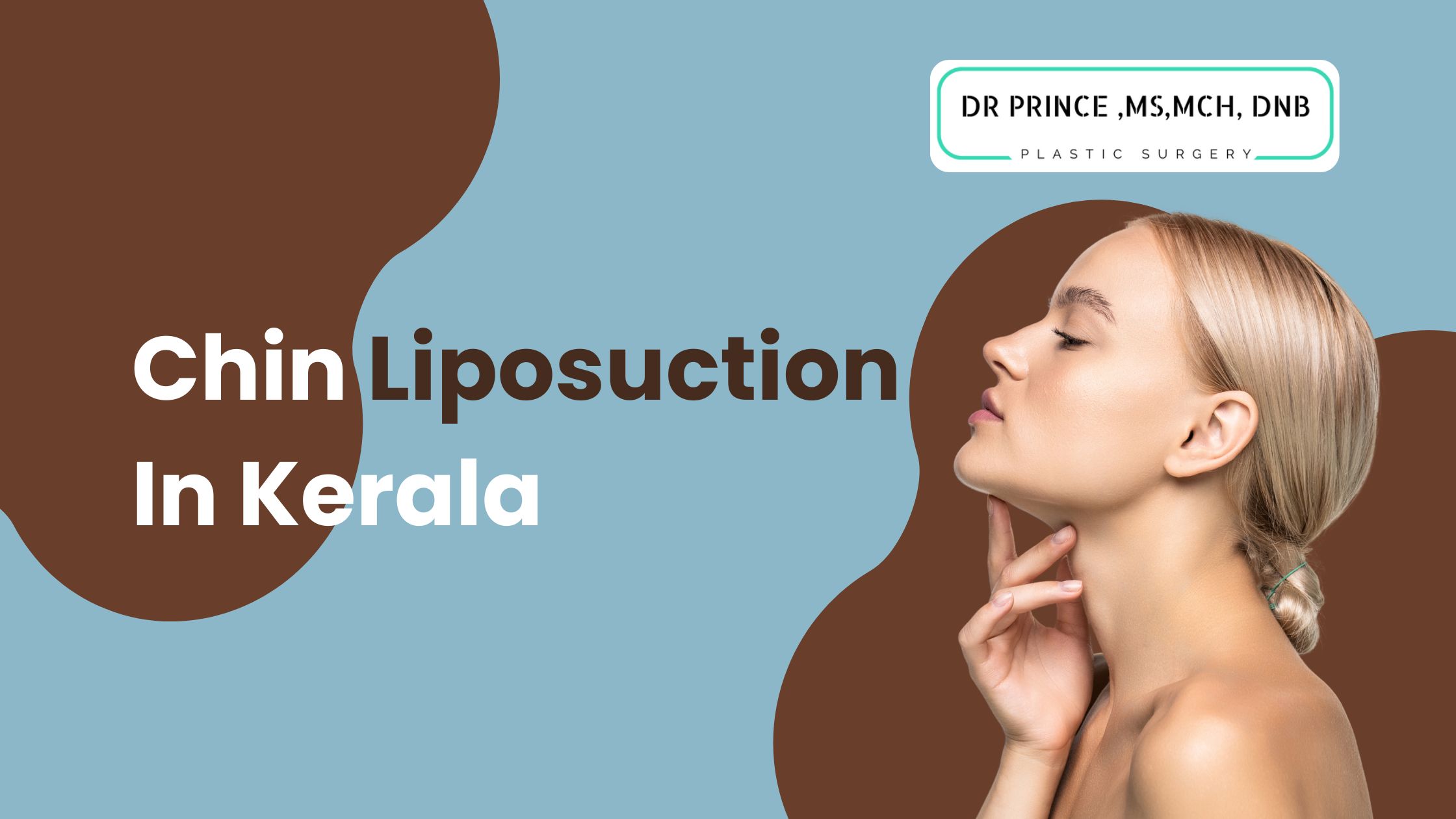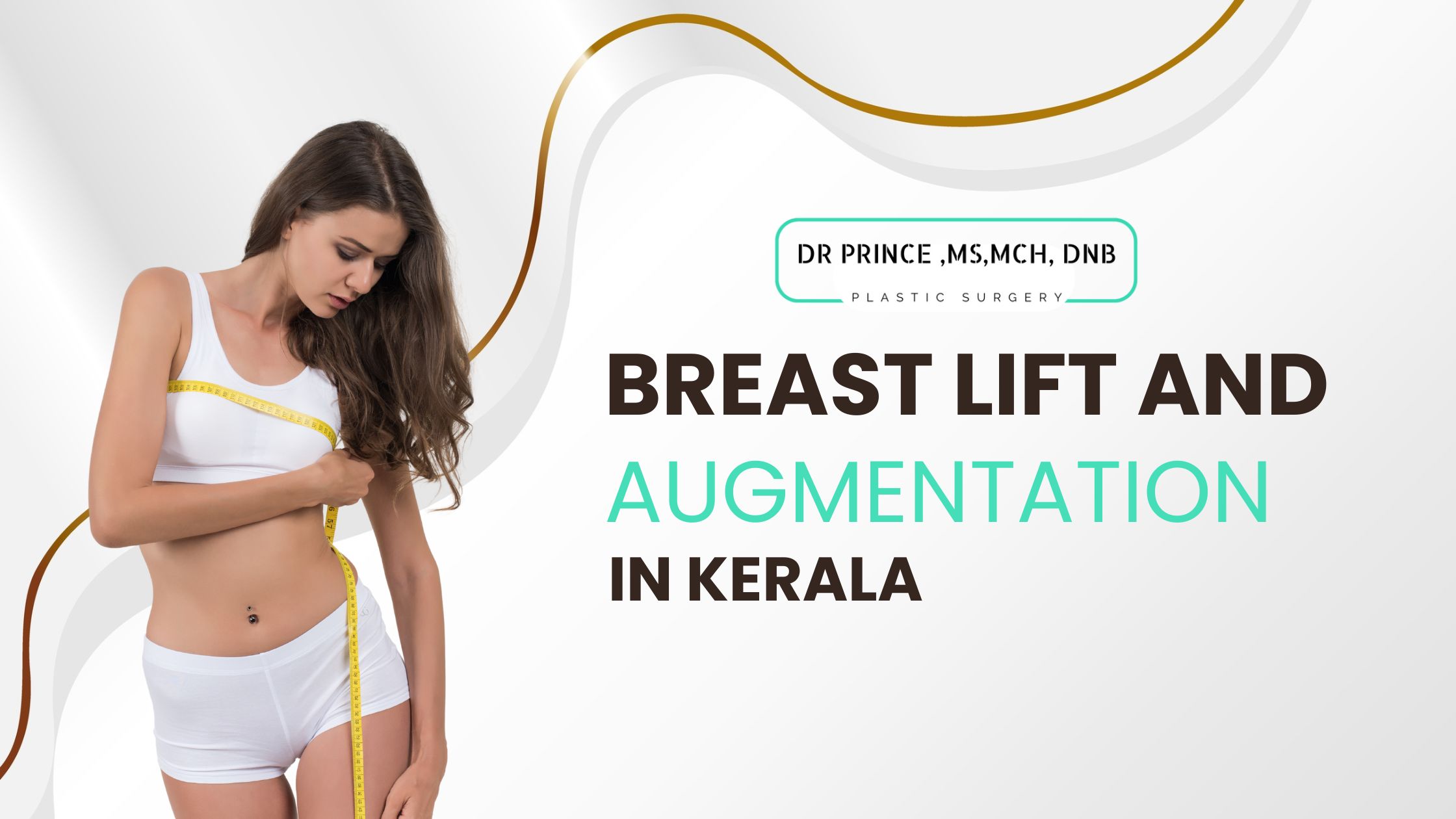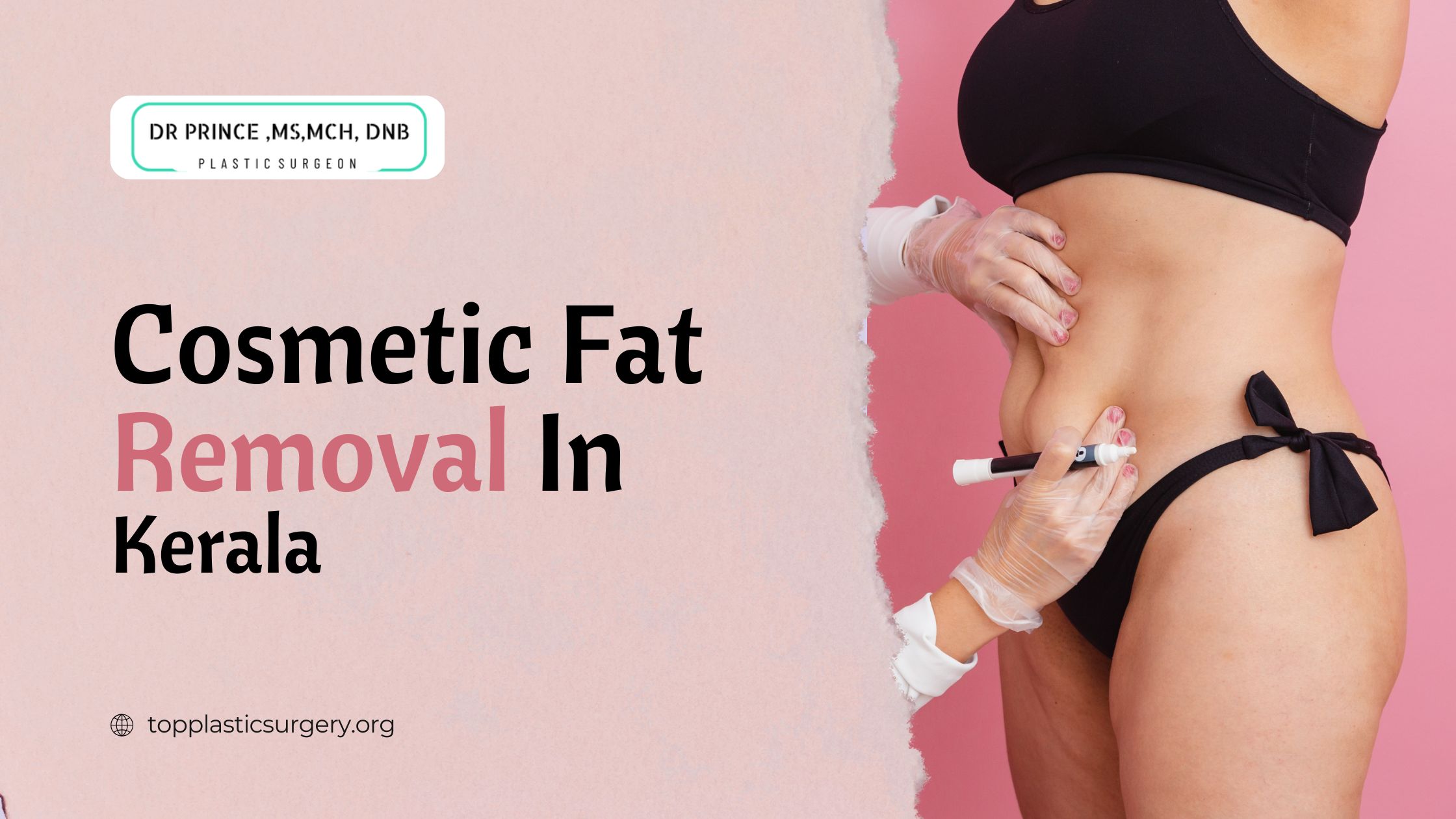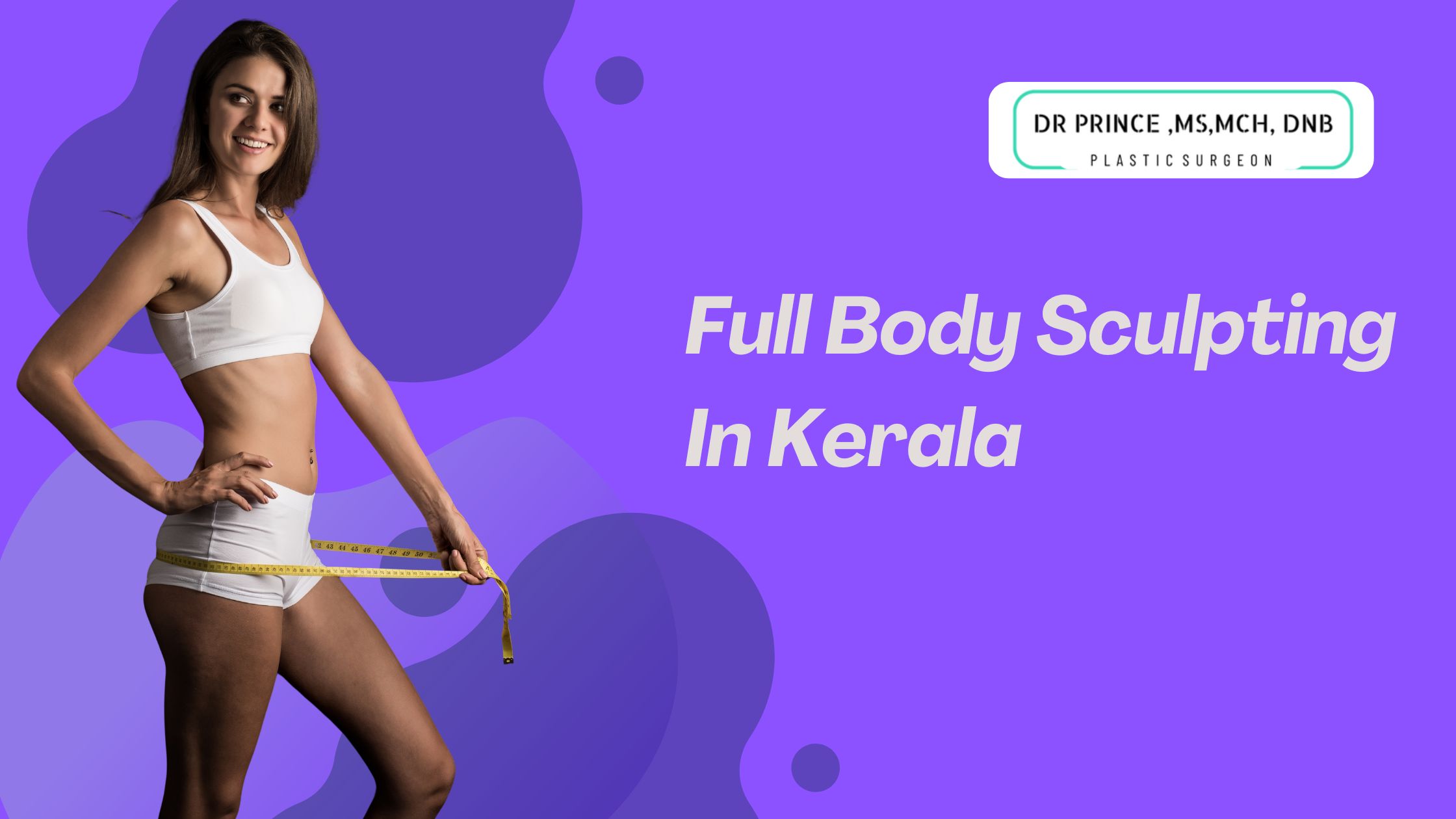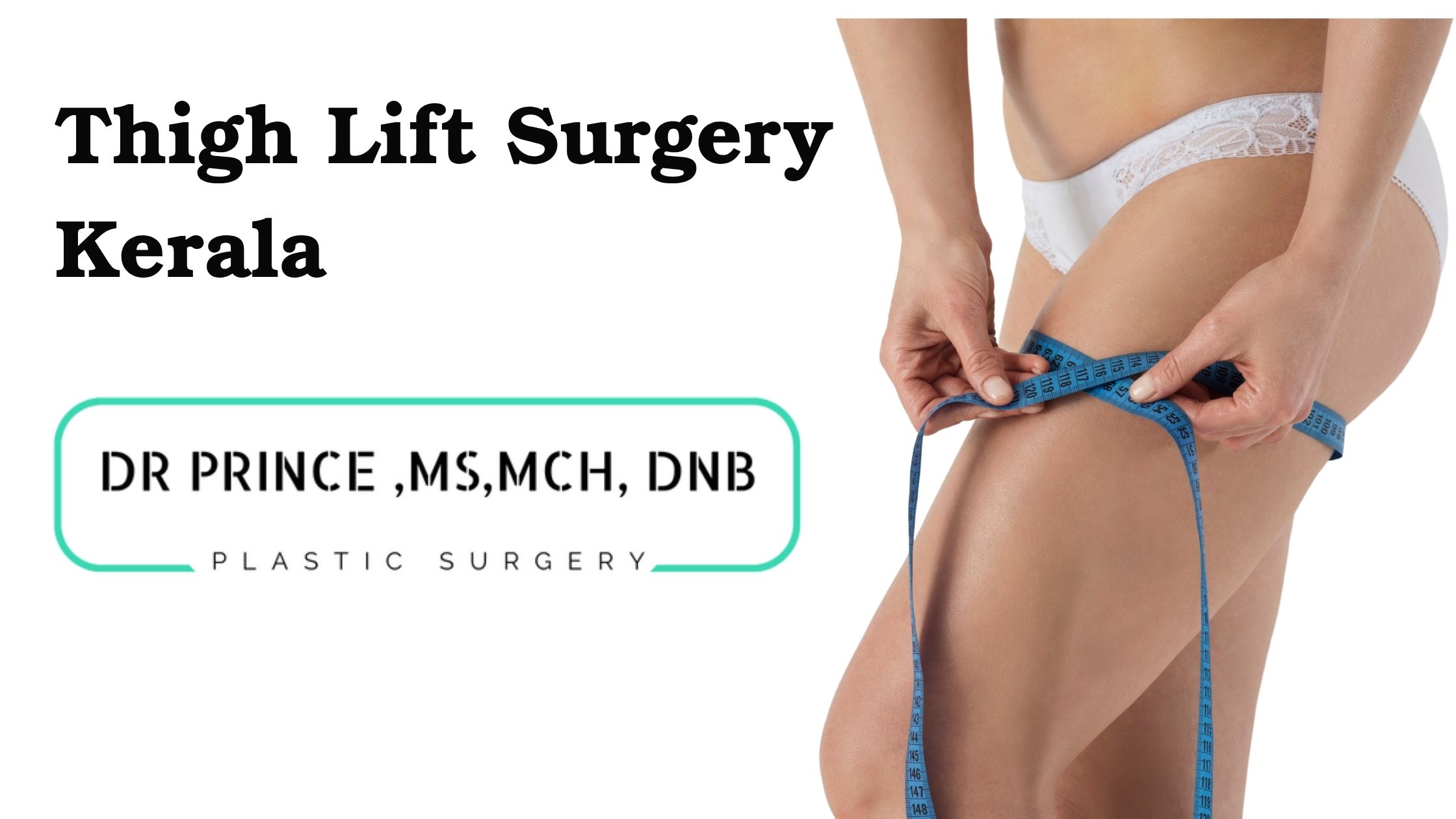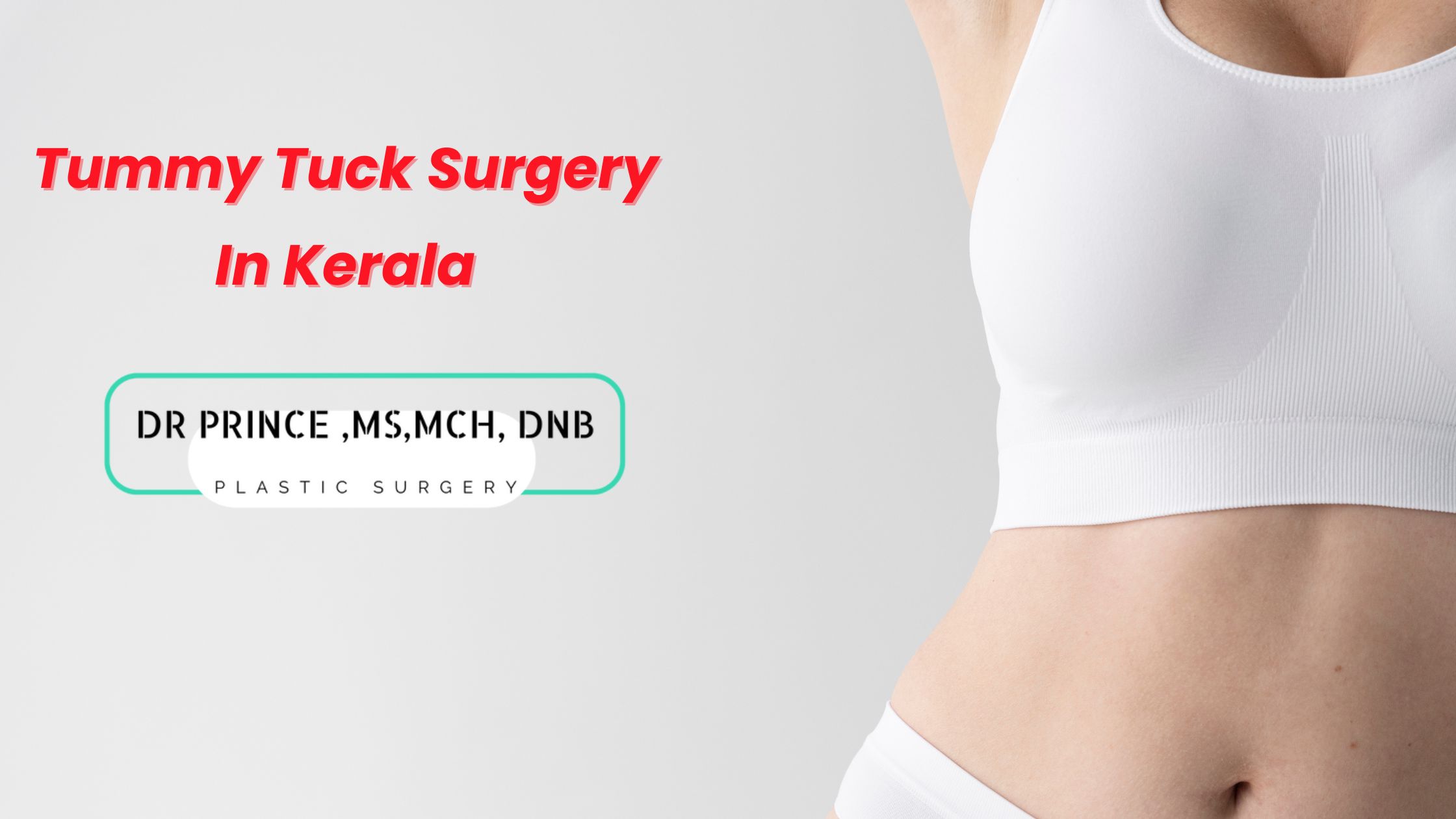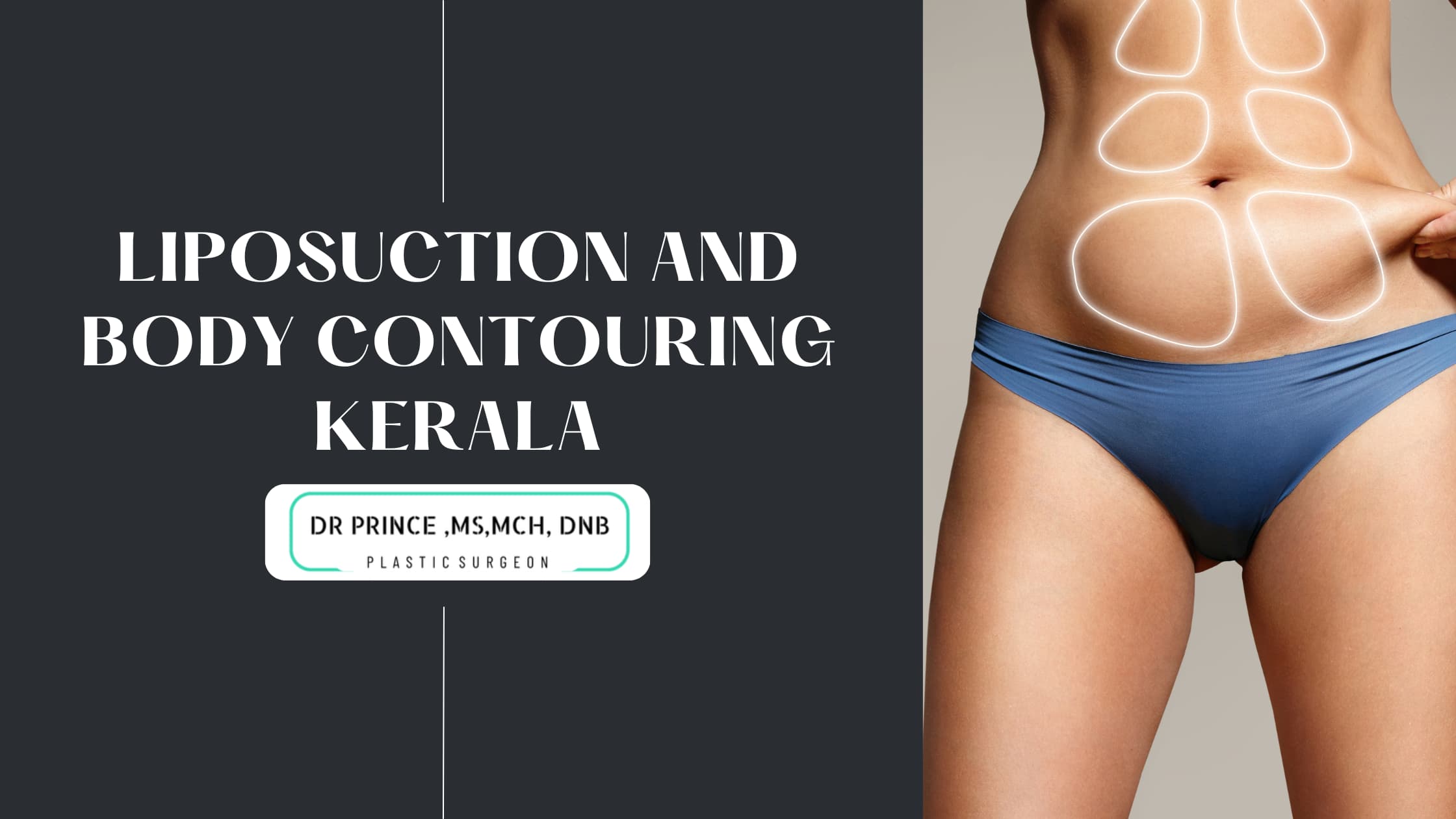Fat transfer, also known as autologous fat grafting, is one of the most sought-after procedures in cosmetic surgery. Over recent years, this method has risen in popularity due to its natural results, reduced risk of complications, and dual benefits of body contouring and facial rejuvenation. It’s a non-invasive approach that leverages your body’s own fat to enhance the areas that need more volume or contour.
What is Fat Transfer?
Fat transfer is a surgical procedure that involves harvesting fat from one area of the body and injecting it into another area that requires volume, smoothness, or contour improvement. It’s a cosmetic method that makes use of your body’s natural tissue, which provides a more organic and harmonious result than synthetic options like implants.
The fat used in the procedure is typically obtained through liposuction. Commonly treated areas include the face, breast, buttocks, hands, and other body parts that need volume restoration.
The technique has gained substantial popularity in recent years for both aesthetic and therapeutic reasons. It is widely regarded as an effective method of enhancing the body’s contours while avoiding the use of foreign materials.
How Does Fat Transfer Work?
The procedure begins with the liposuction process. Here’s how it works in detail:
- Fat Harvesting: The surgeon first identifies the areas where excess fat can be safely removed, such as the abdomen, thighs, flanks, or hips. Small incisions are made in these areas, and a cannula (a thin tube) is inserted to remove the fat. This is performed under local anesthesia.
- Fat Purification: After the fat is harvested, it undergoes a purification process. The fat cells are cleaned, removing impurities, excess fluid, and other materials that could interfere with the grafting process. Only the best quality fat is retained for transfer.
- Fat Injection: Once purified, the fat is injected into the targeted area. Depending on the procedure, the fat can be injected into areas like the cheeks, breast, buttocks, or other areas to achieve the desired volume and contour. The surgeon injects the fat in layers to ensure an even distribution.
- Healing: After the procedure, the body will absorb a portion of the transferred fat. The remaining fat settles into the surrounding tissues, offering a permanent and natural appearance. Typically, around 60-80% of the transferred fat survives long-term.
Benefits of Fat Transfer
- Natural-Looking Results: Since the fat comes from your own body, the results are naturally integrated with the surrounding tissue. There’s no risk of the body rejecting the fat as there is with foreign implants, making it a safe choice for those seeking a more organic enhancement.
- Dual Benefit: Fat transfer gives you the advantage of body contouring with liposuction. Not only can you enhance areas like the breasts or buttocks, but you can also reduce fat from areas that you may consider problematic, such as the abdomen, love handles, or thighs.
- Minimal Downtime: Compared to traditional procedures like breast implants or facelifts, fat transfer is minimally invasive. The incisions made for liposuction are small, meaning you won’t experience the long recovery times associated with more extensive surgeries.
- Long-Lasting Results: Once the fat settles into the targeted area, it can last for years or even permanently. The transferred fat cells become integrated with the tissues, making it a lasting solution. Of course, any fat transfer procedure is subject to the natural aging process, so some of the effects may be lost over time.
- Minimized Risk of Complications: Because the procedure uses your body’s own tissue, there is little risk of complications such as allergic reactions, implant rejection, or toxicity. Moreover, fat transfer doesn’t leave behind visible scars since the incisions are tiny and well-hidden.
- Safe for Use in Sensitive Areas: Fat transfer is ideal for delicate areas such as the face or hands, where other procedures like implants or fillers may not be suitable or could lead to less natural-looking results.
- Improved Skin Texture: As an added benefit, fat transfer can improve the quality and texture of the skin in the treated areas, leading to a smoother, softer appearance.
Popular Areas for Fat Transfer
Fat transfer can be performed on several body areas, and the versatility of the procedure has made it highly popular for those seeking more subtle, natural body enhancements.
- Facial Rejuvenation: As we age, we naturally lose fat in our face, leading to hollow cheeks, sunken temples, or under-eye bags. Fat transfer can restore youthful volume and rejuvenate the appearance. Areas such as the cheeks, under-eye hollows, temples, and jawline can be enhanced with fat injections.
- Breast Augmentation: Fat transfer to the breast can be an excellent option for individuals seeking a more natural alternative to silicone implants. It provides a moderate increase in size and can improve the shape and fullness of the breasts without the risks associated with traditional implants.
- Brazilian Butt Lift (BBL): Fat transfer to the buttocks is one of the most popular uses of this technique. By transferring fat from other parts of your body, you can achieve fuller, more shapely buttocks. The procedure enhances the contours of the buttocks, creating a curvier silhouette without the need for implants.
- Body Contouring (Hips, Thighs, Abdomen): Fat transfer can also be used to reshape areas like the hips, thighs, or abdomen. The procedure can provide smoother contours, correct asymmetries, and create a more balanced body profile.
- Hands and Feet: As we age, the skin on our hands and feet may lose volume, leading to a gaunt appearance. Fat transfer can restore youthful fullness to these areas, making your hands and feet look more youthful and revitalized.
Recovery and Aftercare
Recovery after a fat transfer is relatively quick compared to more invasive procedures. Here’s what you can expect:
- Immediate Aftercare: Following the procedure, you may experience swelling, bruising, and mild discomfort in both the areas where fat was harvested and where it was injected. These side effects typically subside within a few days to a few weeks.
- Activity Restrictions: You’ll need to avoid strenuous activities and exercise for at least 2-3 weeks after the procedure to allow for proper healing. Some patients experience minor discomfort in the areas where fat was harvested or injected, but this should resolve within a few weeks.
- Post-Operative Care: After the surgery, you’ll be given instructions on how to care for the treated areas. This may include wearing compression garments to reduce swelling or promoting healing in the liposuctioned areas. Your surgeon will advise you on how to maintain the newly enhanced areas.
- Follow-Up Appointments: Follow-up visits are essential to monitor your healing progress and ensure the desired results. These visits will allow the surgeon to check the areas where the fat was injected and adjust if necessary.
- Fat Absorption: Some of the fat that is transferred may be absorbed by the body in the first few weeks. The final results will become evident after 3-6 months once the fat has settled into place.
Is Fat Transfer Right for You?
Fat transfer can be an excellent option for individuals who want a more natural approach to body contouring or facial rejuvenation. Ideal candidates for fat transfer include:
- Individuals with adequate fat stores for harvesting.
- Those who prefer natural results over synthetic implants.
- Individuals in good overall health, without medical conditions that may impede healing.
- Those with realistic expectations and an understanding of the procedure’s limitations.
However, not everyone is a candidate for fat transfer. If you have a low body fat percentage, there may not be enough fat to harvest for transfer. Additionally, if you’re expecting drastic changes or have unrealistic goals, fat transfer may not be the best choice for you.
Choosing the Right Surgeon in Thrissur
When considering fat transfer in Thrissur, it’s crucial to select a certified, experienced plastic surgeon who specializes in body contouring and fat grafting procedures. Look for a surgeon with a proven track record of successful fat transfer results, preferably with before-and-after photos of previous patients.
You should also seek a surgeon who uses advanced techniques and equipment to ensure the highest quality outcomes. A thorough consultation with your surgeon will allow you to discuss your goals, concerns, and expectations. A skilled surgeon will tailor the procedure to suit your body and needs, ensuring a safe and satisfactory experience.
Location and Contact Information
Dr. Prince practices at the Sushrutha Institute of Plastic Surgery, Elite Hospital, located in Koorkenchery, Thrissur, Kerala-680007. For consultations, you can contact him at:
Phone: +(91) 6238944054
Email: contact@topplasticsurgery.org
Frequently Asked Questions (FAQs) about Fat Transfer in Thrissur
- What is the difference between fat transfer and implants?
- Fat transfer uses your own body fat, while implants involve synthetic materials like silicone. Fat transfer offers more natural results and a reduced risk of complications.
- How long do fat transfer results last?
- Fat transfer results can be permanent. However, some fat may be absorbed by the body, and touch-ups might be necessary for long-lasting results.
- Are there any risks associated with fat transfer?
- Fat transfer is a safe procedure, but like any surgery, there are potential risks such as infection, asymmetry, or fat resorption.
- Can I get fat transfer to my breasts or buttocks?
- Yes, fat transfer is commonly used for breast augmentation and buttock enhancement, creating natural, fuller shapes.
- Is fat transfer suitable for facial rejuvenation?
- Yes, fat transfer can be used to restore volume to the face, filling in areas such as the cheeks, under-eye hollows, and temples.
- How much fat can be transferred in a single session?
- The amount of fat transferred depends on the donor site and the treatment area. Typically, one to two liters of fat can be harvested for transfer.
- How do I know if I’m a good candidate for fat transfer?
- Ideal candidates should have enough body fat to harvest, be in good health, and have realistic expectations about the results.
- What is the recovery time after fat transfer?
- Recovery time varies depending on the treatment area. Most patients can return to light activities within a few days, while strenuous exercise should be avoided for two to four weeks.
- Is fat transfer painful?
- Most patients experience mild discomfort after the procedure, which can be managed with over-the-counter pain relievers. The pain typically subsides within a few days.
- How can I find the best surgeon for fat transfer in Thrissur?
- Research experienced plastic surgeons in Thrissur who specialize in fat transfer. Look for board certification, before-and-after photos, and patient reviews to make an informed choice.

